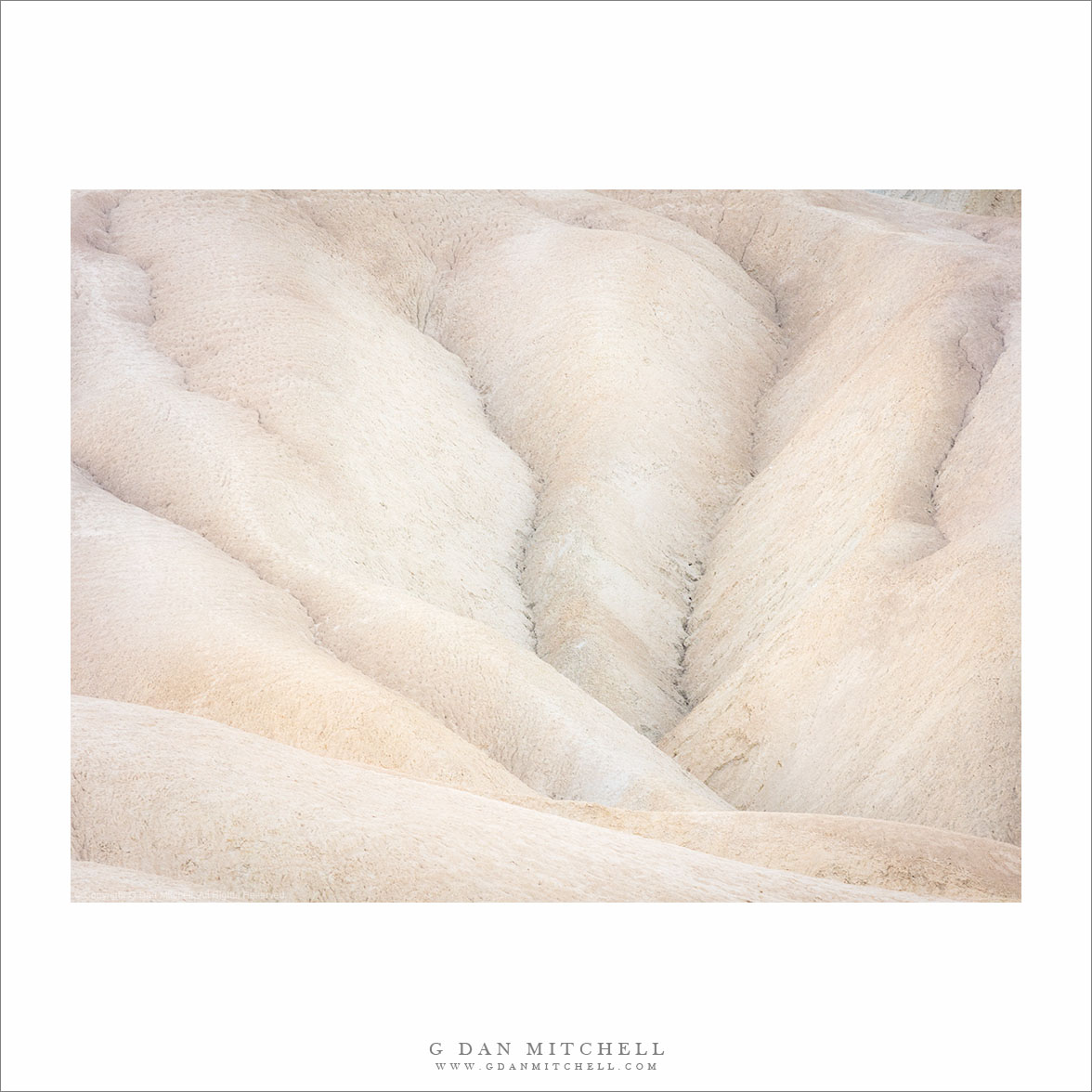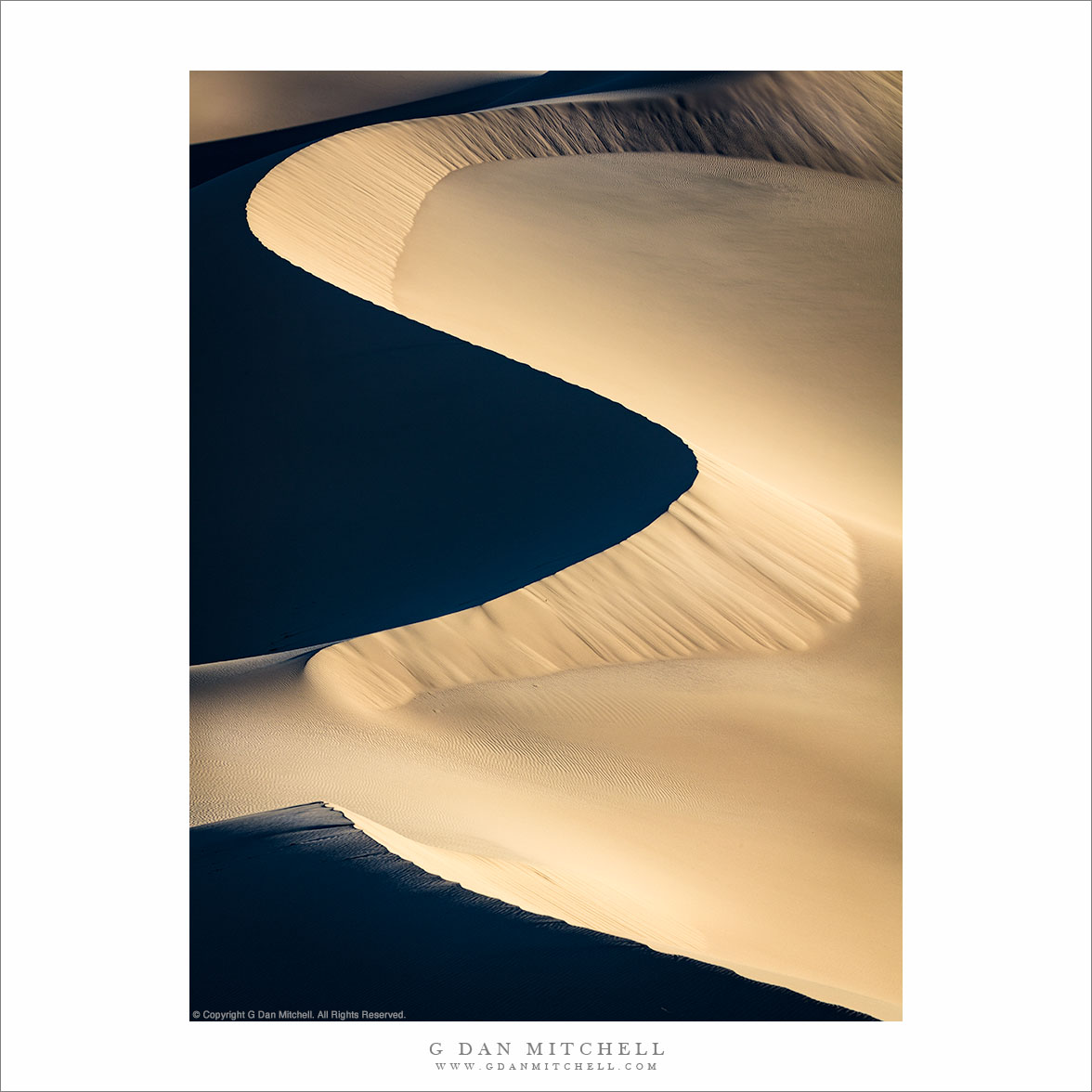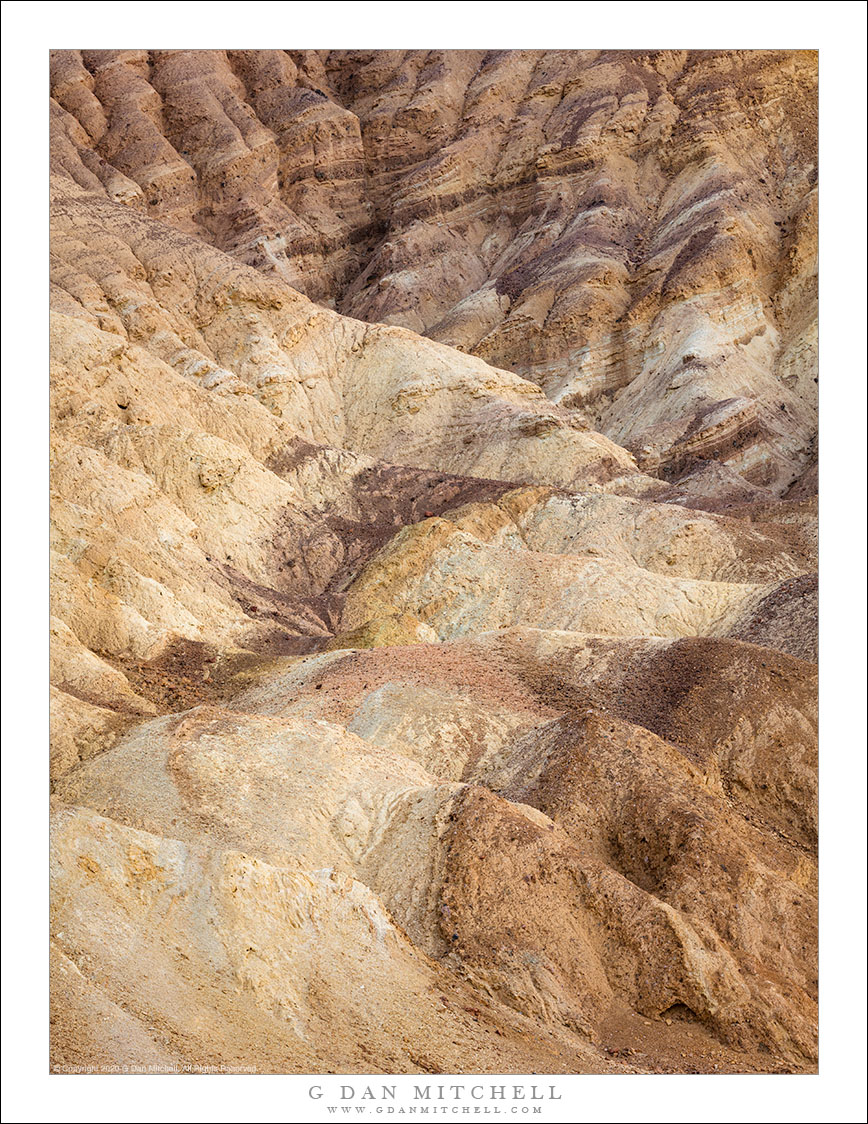Fujifilm announced the new X-Pro2 digital mirrorless camera today., The announcement provides very interesting opportunities for photographers — one being the new camera itself and the other being an extraordinary low price on its predecessor, the X-Pro1. (The X-Pro2 is now available for pre-order at B&H.)
The New X-Pro2
The X-Pro2 is the updated successor to XPro1. The newer camera will feature:
- A compact rangefinder style mirrorless design
- 24 MP 1.5x cropped format sensor
- Improved autofocus capabilities
- A hybrid optical-electronic viewfinder
- Manual controls for shutter speed, aperture, ISO, more
- Wifi equipped
- …and more
- Body-only price is $1699 — preordering now available..
The X-Pro2 is now available for pre-order at B&H. I’m almost certain to upgrade to the X-Pro2 from the X-E1 that has been my primary street and travel photography camera for the past three years. (The current updated equivalent of my camera is the X-E2.) Since I’m sold on the Fujifilm system — bodies and lenses — the X-Pro2 will bring features that I’ve wanted for some time.
(See a Fujifilm press release for the X-Pro2.)
The Old X-Pro1
The announcement of the X-Pro2 brings a very special opportunity for folks who could use the X-Pro1. The X-Pro1 provides
- The same compact rangefinder design
- An excellent 16MP 1.5x cropped format sensor
- A hybrid optical-electronic viewfinder
- … and more
- a very low price of $499 for the body-only!
While the X-Pro2 most certainly brings useful advances, the X-Pro1 is also a fine camera, and at this very low $499 price (it was originally $1299) it is a tremendous bargain right now. If you poke around a bit at the B&H website, you can find it with a lens for $699.
Other New Fujifilm Gear
Fujifilm also announced several other new products including…
This website has an affiliate relationship with B&H Photo. Your purchases through website links return a percentage of the sale price to this website — but your cost remains the same.
One More Thing
Regarding Fujifilm cameras, a quotation from Fuji X-series senior product manager Takashi Ueno in the British Journal of Photography says a lot:
“We are in a very good position to make a medium format camera, as we make camera bodies, sensors and lenses. We already make the lenses for Hasselblad, so we have that expertise.”
- Fujifilm, a company with a history of producing some excellent medium format film cameras, is becoming more open about their interest in medium format digital. (Note that they have not actually announced a product. Yet.)
- If you have wondered why those of us using the Fujifilm system are so enthusiastic about the beautiful Fujifilm lenses, re-read the quote if you missed it the first time and note whose lenses they currently make.
BJP article here, with the medium format discussion on page 2.
Continue reading New Fujifilm X-Pro2 — and X-Pro1 Discounts →



